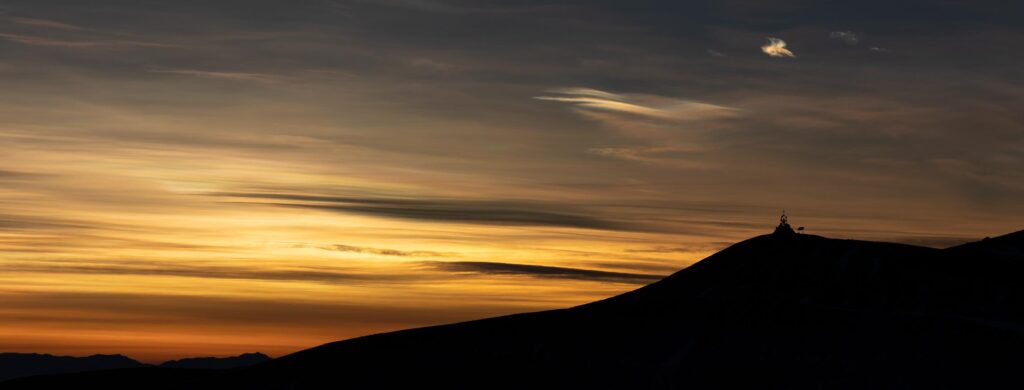
The southern lights, or Aurora australis, are the manifestation of solar storms hitting the earth’s magnetic poles and creating, sometimes, amazing color. There are many challenges in seeing them: 1) it has to be dark, 2) it has to be clear, 3) you have to be lucky to see them since they are incredibly ephemeral. One of the most challenging is the dark part. Usually, when most people are in Antarctica (which is already a pretty slim number of people) it is light 24 hours a day and so one just can’t see them. The other is that if it isn’t clear, no chance either. Sometimes most of the winter will go by when they are not visible because of clouds. And the sun rises then ending of the chance for 4-5 months until night sets in again.

Also, when they are faint they just look like clouds making it even more confusing. Plus.. it has to be dark… like really dark… like away from all lights. So not out the front window of your room. Often you see what might be them, run around the station getting cameras and lots and lots of warm clothing, and then go to the darkest spot you can find. Then find they were actually clouds or already stopped. I have only seen them two times in my years coming down to Antarctica. On Sunday, it was forecast to be nice and clear, and… there was supposed to be a solar storm! A perfect storm of weather and conditions to see the rare Aurora australis. We had talked about it all day and made plans to see them.

I had stayed up a little late doing a bit of work when I walked back to my dorm, I was pretty knackered only to look up and see Aurora! They were faint but I was in a well-lit area so that meant they were strong! I ran to my room to put on more layers and then to the lab to grab my camera and tripod before running (ok walking very slowly in so many layers) to a dark spot nearby. And started trying to take pictures. Taking pictures in the dark is hard. Little things like focusing… not easy. Exposures can either be relatively fast and grainy or slow and have stars move relative to the camera making them fuzzy or streaky. I have had issues getting images before. One time, it was so cold that my camera shutter simply froze open. The other by the time I got my camera, the aurora had turned off. On Sunday, I ended up with around 15 minutes of the Aurora showing where I was trying to get images and in the end only ended up with 1 that I liked:

This one was two images combined with different focus settings to try and see what I saw. I was happy that at least the camera didn’t call it quits halfway through but the Aurora shut off.
I wanted another chance though so I woke up at 4:45 am to see if I could see any more, only to find overcast skies. If we are lucky, we might see them again before the sun gets all the way up or maybe next year.
The other atmospheric oddity this time of year is Nacreous Clouds. We also had those today (as in Lila’s post) and here is another image of them and the wonderful sunset that was a prelude to the Aurora joys.


